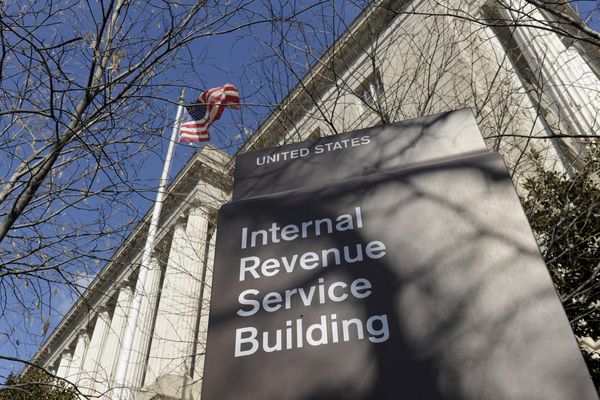
Russia’s withdrawal from a regional capital in the south of Ukraine brings “significant reputational damage”, defence experts have said.
British intelligence analysts believe Moscow’s exit from Kherson, a strategically key city, likely began as early as October 22 when Russian-installed figures urged civilians to leave.
It is anticipated that Ukraine has now retaken large areas of the Kherson region on the western bank of the Dnipro River, with its forces largely in control of city itself.
Russia said its troops finished withdrawing from the western bank at 5am local time on November 11, paving the way for Ukrainians to cautiously move towards reclaiming the territory.
Videos and pictures posted on social media later showed residents celebrating in the streets, with the Ukrainian flag flying over a central Kherson square.
Defence Secretary Ben Wallace said Russia’s retreat from Kherson marked “another strategic failure” for Moscow, pledging continued support for Ukraine.
“The Russian army has suffered a huge loss of life as a result of their illegal invasion and have only achieved international isolationism and humiliation,” he said.
“Ukraine will press on.”
Meanwhile, an adviser to the Ukrainian defence minister has said there is “panic” in Russian ranks, but cautioned the war is “far from over”.
Yuriy Sak told BBC Radio 4’s Today programme that Ukraine is feeling “quietly optimistic”.
Kherson was one of the first Ukrainian cities to be captured in the war Moscow waged on its neighbour from February 24.
The retreat, which was ordered amid a Ukrainian counter-offensive, represents a huge blow to president Russian president Vladimir Putin – who has so far remained silent on the development.
Ukraine is yet to claim the city is back in Ukrainian hands, but the country’s president Volodymyr Zelensky said “life is returning”.
Russian forces still control about 70% of the wider Kherson region in the wake of the withdrawal.
In an intelligence update posted on social media, the UK Ministry of Defence (MoD) said Moscow’s troops had “highly likely” destroyed road and rail bridges over the Dnipro River as part of their retreat.
The exit was formally announced on November 9, but the defence experts said it is likely it started as early as October 22.
“There is a realistic possibility that Russian military equipment and forces in civilian attire had been evacuating in conjunction with the 80,000 stated evacuated civilians in recent weeks,” they said.
The MoD said is it probable Moscow is still attempting to evacuate forces from other parts of the region across the river to defensible positions on the eastern bank.
“Kherson was the only regional capital city captured since February by Russian forces so the withdrawal brings significant reputational damage,” it said.
“The withdrawal is a public recognition of the difficulties faced by Russian forces on the west bank of the Dnipro River.
“It is likely that Ukraine has retaken large areas of Kherson oblast on the west bank of the Dnipro River, and that its forces are now largely in control of Kherson city itself.”







